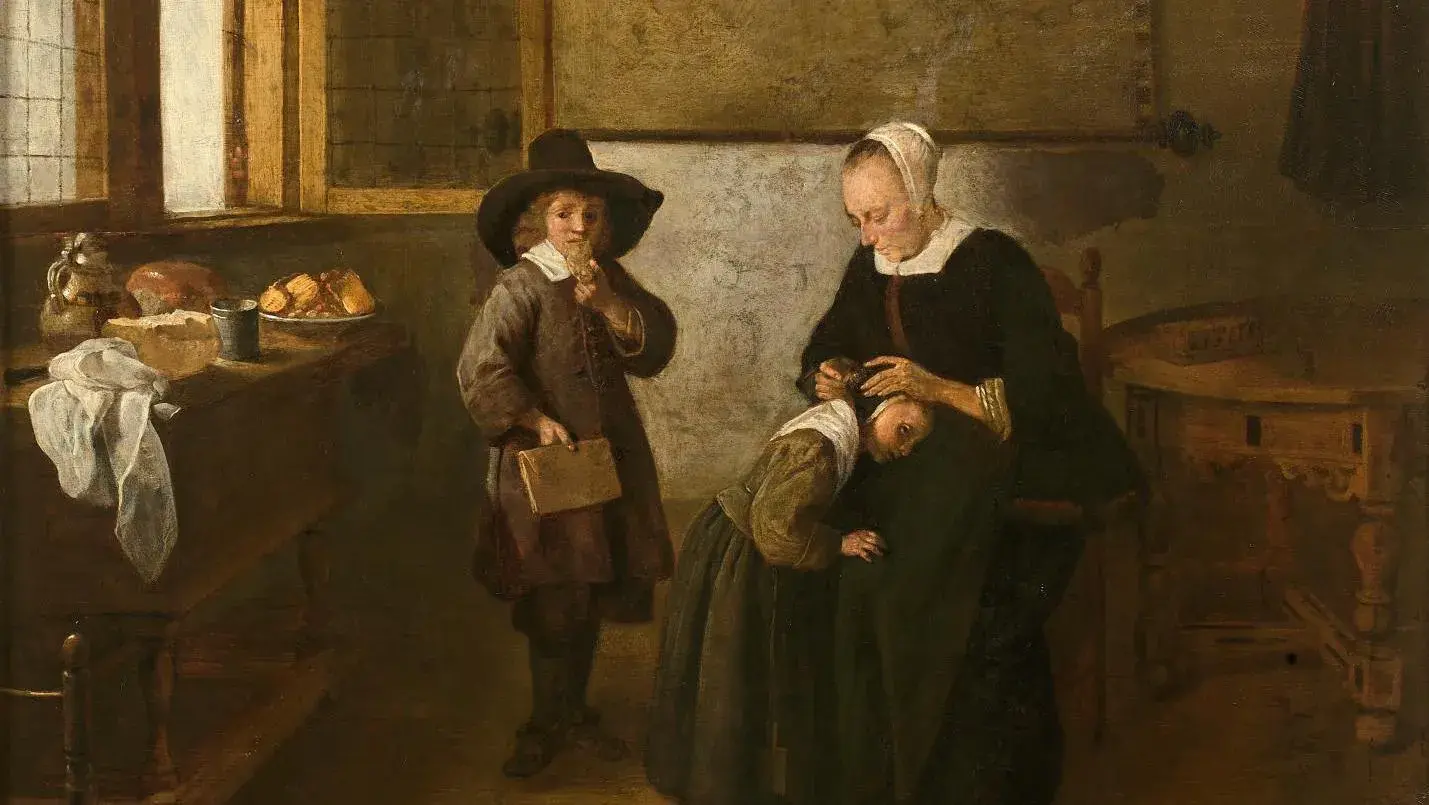The Return of the School by Quiringh van Brekelenkam, from the Former Eugène Schneider Collection Rediscovered
Published on

The unexpected resurgence of a previously unpublished painting by Van Brekelenkam proves, once again, that France was an essential haven for the reception of Dutch genre painting in the 18th and 19th centuries. Quiringh Gerritz Van Brekelenkam (c 1622-1630 - after 1669), The Return to School, oak panel, 58 x 51.5 cm/22.83 x 20.27 in.Estimate: €60,000/80,000 Works by Van Brekelenkam, who was so close to Gérard Dou that he assisted him in signing his parents' will in 1646, are still rare in France. Apart from Le Bénédicité and La Visite du médecin in the collections of the Louvre, La Vie studieuse in the Palais des beaux-arts de Lille









